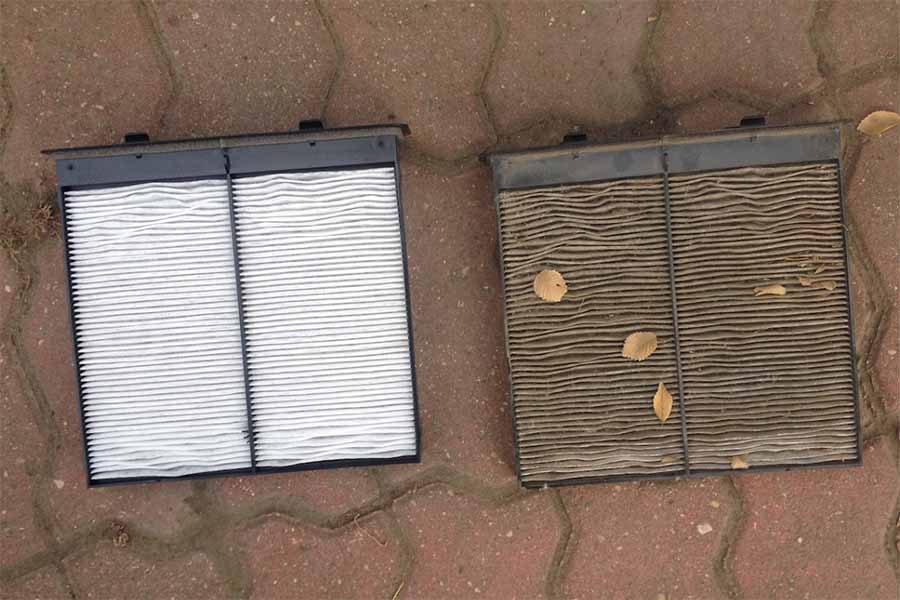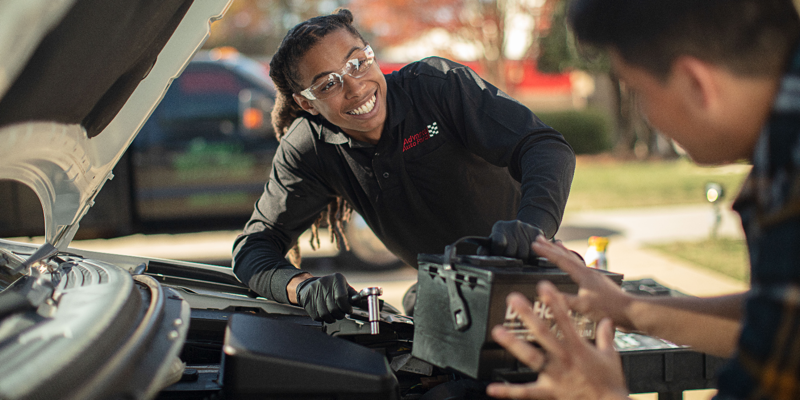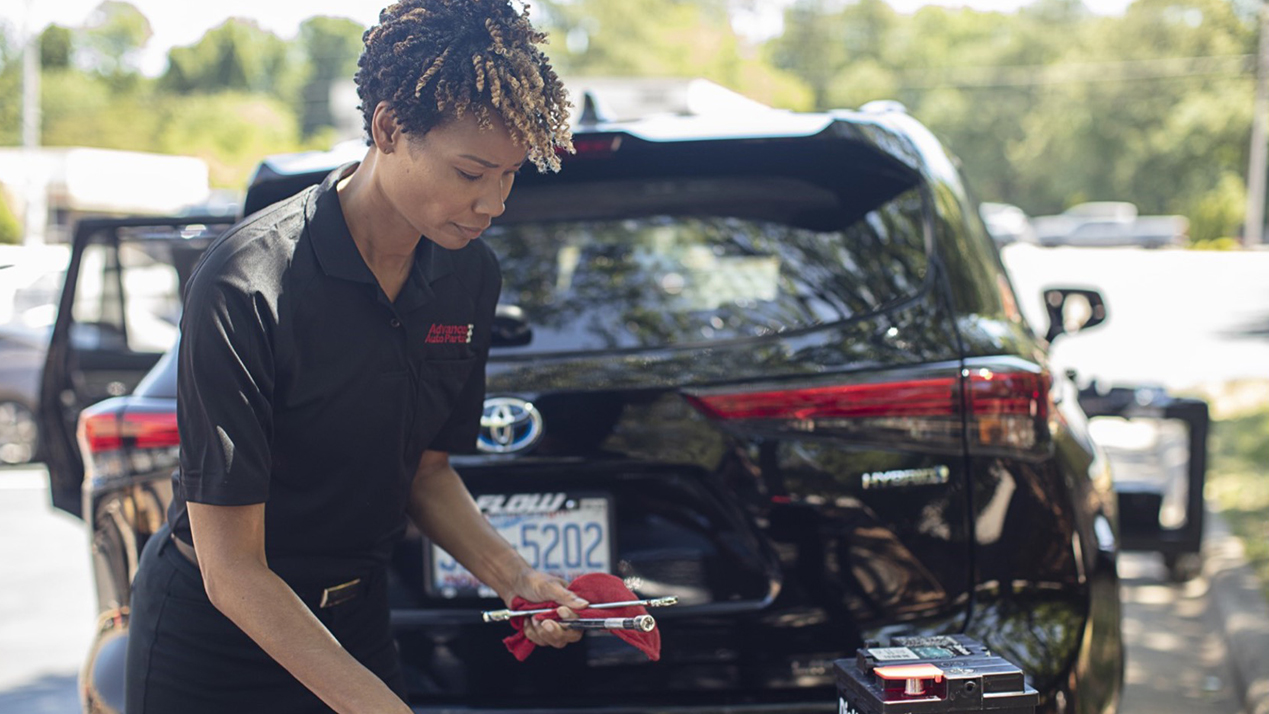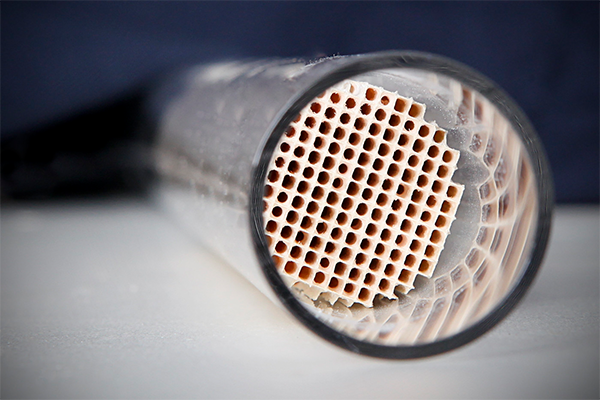
Source | Advance Auto Parts
Given that motor vehicles are among the leading sources of air pollution, keeping tailpipe emissions at bay is crucial for improving air quality and reducing negative environmental impact. That's exactly why the Environmental Protection Agency (EPA) prescribes strict emissions standards and why many U.S. states conduct emissions tests to make sure vehicles meet those standards.
Emissions tests are aimed at ensuring that the levels of toxic gases produced by vehicles on the road do not exceed the defined limits. These tests measure the amount of tailpipe emissions produced by car engines, in order to check whether a vehicle meets the regulations that restrict emissions of specific pollutants. They measure pollutants such as hydrocarbons (HC), carbon monoxide (CO) and oxides of nitrogen (NOx). If your car fails an emissions test, you won't be able to register it and drive it on U.S. roads legally before it is repaired and passes a reinspection.
Not sure where your vehicle stands? We're taking a look at how these tests are conducted and what the most common causes for failure are, so that you can have those issues fixed before your test.
Testing procedure
There are a few different types of inspections that vehicles have to go through, depending on the state in which the vehicle is registered and the model year. For instance, in some states, model year 1996 and newer vehicles are subject to an OBD (on-board diagnostics) system check. Vehicles made between 1981 and 1995, on the other hand, may have to go through an inspection and maintenance (I/M240 dynamometer) test. Check your state's regulations for specifics on your exact vehicle.
The OBD test involves checks on a vehicle's OBD system for possible issues related to emissions, primarily aiming to find out whether the equipment for controlling emissions is working correctly. For the I/M240 test, vehicles are operated on a dynamometer to simulate on-road driving, and the vehicle's exhaust emissions are captured and analyzed afterward. As far as the gas cap test is concerned, its simple goal is to determine whether there is a proper gas cap on a vehicle and that it does not leak.
Possible reasons for failure

Source | Advance Auto Parts
In many cases, car owners or a mechanic can easily resolve the issues leading to a failed emissions test.
The most common causes of a failed emissions tests include:
- Rich air-fuel mixture. This might be due to malfunctioning injectors or a faulty oxygen sensor, so you should make sure these components work properly before you take your vehicle for inspection. In extreme cases, a rich-running condition can dump so much raw fuel through the system that it burns out the catalytic converter.
- Worn spark plugs. Among other issues, worn spark plugs can also lead to increased emissions of gases. That is why you need to inspect them regularly and replace them as necessary.
- Defects in the evaporative emission control system (EVAP). If a car's EVAP system is not functioning properly, gasoline vapors will come out of the car's tank, polluting the atmosphere. Leaking hoses and vents are often the cause of a malfunctioning EVAP system. This can be tough to track down and isolate.
- Leaking gas cap. This is a pretty simple and straightforward issue that you can easily fix yourself. Many car owners probably don't worry too much about a leaking gas cap, but it is one of the potential reasons for a car to fail an emissions test. If there are, you should replace it with one that seals the tank properly.
- Defective check engine light. Sometimes, even if every other component that has to do with controlling your car's emissions works correctly, you might still fail an emissions test because the "check engine" light itself is malfunctioning.
- Dirty air filter. High levels of hydrocarbons can be caused by a clogged or dirty air filter, making the air filter another part that you should inspect and clean or replace if necessary before an emissions test.
- Damaged catalytic converter. Inspect catalytic converters before an emissions test, because if they are damaged, they cannot properly convert toxic gases into ones that are not harmful to public health and the environment, and they will cause your car to fail your emissions test.
Proper maintenance and inspection by a professional
Every effort you can make to prepare your car for the test is definitely worth your while, if you want to keep your car on the road.
And since maintenance causes most of the issues that result in test failure, it's safe to say that simply taking proper care of your car and performing essential maintenance tasks regularly, such as changing the oil or cleaning and replacing the air filter, can go a long way.
But before taking your car to the test, we recommend having it inspected by a professional technician to learn for sure what specific parts need to be repaired or replaced, so that you can pass the test with flying colors.








